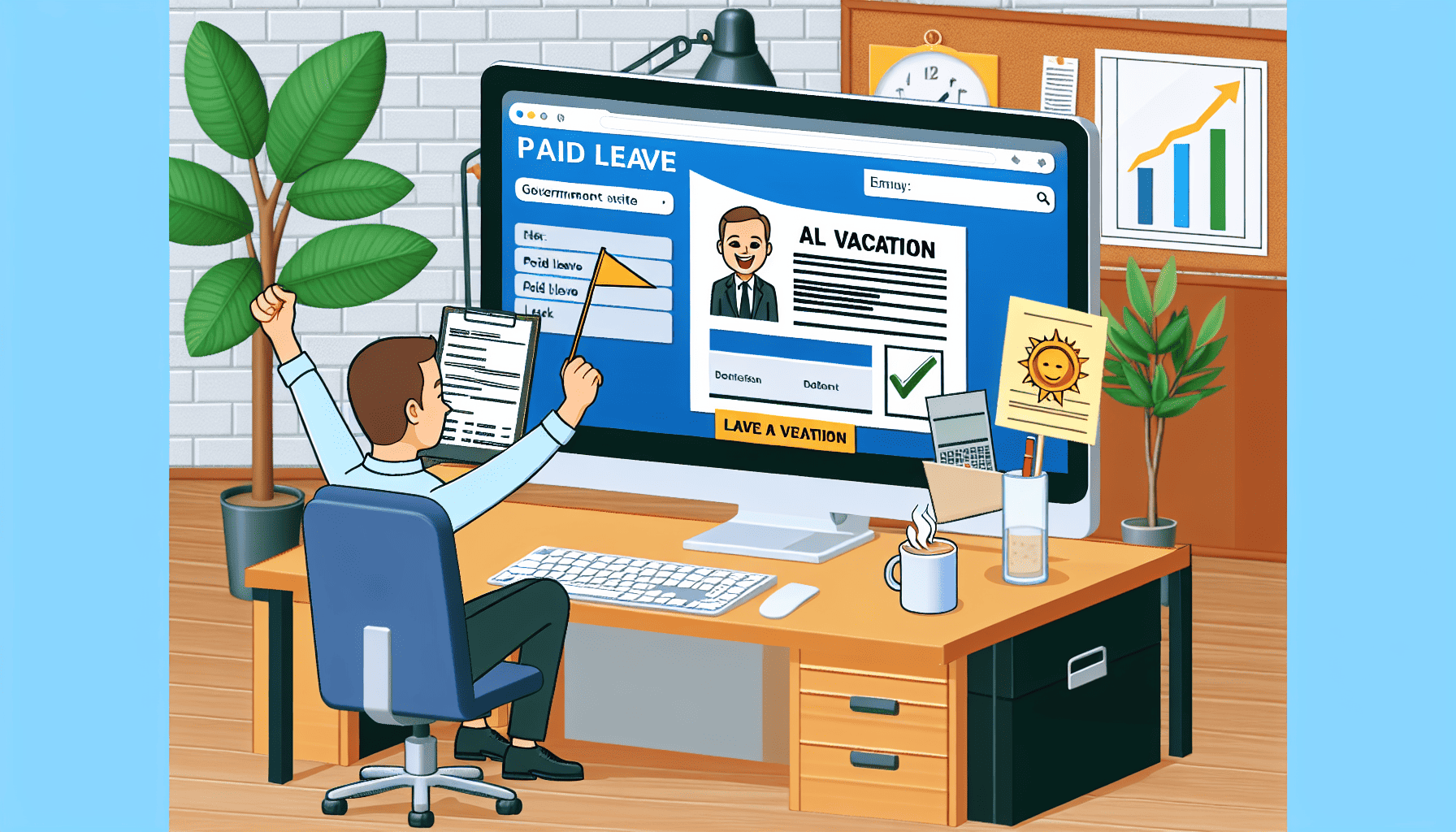Paid leave benefits stand as an essential part of employee compensation packages, offering the chance to recharge and address personal needs without compromising financial stability. Effectively utilizing these benefits requires careful planning and strategic thinking. Here's how you can make the most of your paid leave:
Understand Your Benefits
First, familiarize yourself thoroughly with the paid leave policies of your employer. This includes understanding the different types of leave available—sick leave, vacation days, personal days, and any other specific allowances such as parental leave. Knowing the exact number of days available, rollover policies, accrual rates, and any stipulations or restrictions is crucial in planning your time off.
Plan Ahead
Strategic planning can maximize the utility of your leave. Consider aligning your leave with public holidays or weekends to extend your time off without using extra days. It’s also wise to plan your leave during historically low-demand work periods if possible, minimizing disruption to the team and your workload.
Prioritize Needs
When scheduling time off, prioritize the days that cater best to your personal or family needs. Whether it's a long vacation, a series of short breaks, or time set aside for personal development or recovery, understanding what you need can help in planning effectively.
Communicate with Your Employer
Open communication with your employer or HR department ensures clarity and transparency when planning your leave. Submitting requests in advance can help managers plan for your absence, maintaining workflow and team efficiency. Be sure to discuss how work duties will be managed in your absence and ensure a smooth handover process if necessary.
Maintain a Cushion
It’s prudent to reserve a few days of your leave allowance for unforeseen circumstances. This prepares you for unexpected personal matters, such as illness or emergencies, without the added stress of financial strain or work disruptions.
Balance Work and Life
Utilize your paid leave to contribute to a healthy work-life balance. Regularly stepping away from work helps in reducing stress, preventing burnout, and enhancing overall well-being. Use this time to engage in activities that nourish your mental and physical health.
Continue Financial Management
When planning leave, especially an extended one, consider your financial obligations. While paid leave covers regular wages, additional expenses may arise, especially during travel or holidays. Budget accordingly to avoid financial strain during your time off.
Reflect and Reevaluate
After your leave, evaluate its effectiveness. Reflecting on whether the time off met your objectives can help in making better decisions for future leave. This process assists in understanding your personal needs and integrating this insight into an effective leave strategy.
By understanding and strategically using your paid leave benefits, you ensure not only a fulfilling personal break but also maintain your professional and financial health intact. Planning, communication, and reflection are key components in crafting a balanced approach to work and rest, helping you return to work reenergized and focused.
